
'Black Hawk Down' author Bowden turns his reporter's eye to key Vietnam War battle
His new book, "Hue 1968,” is about the single bloodiest battle of the Vietnam War, launched when North Vietnamese Army and Viet Cong forces attacked several cities as part of what became known collectively as the Tet Offensive.
In Bowden’s retelling, the weeks-long siege at Hue helped alter the course of the war. "There was no more conjecture that the war could be won swiftly or easily,” he writes. "The end was not in view. The debate was never again about how to win but about how to leave.”
Bowden, whose work appears in Atlantic, Vanity Fair and other magazines, is the writer in residence at the University of Delaware. He will be at Warwick’s Thursday at 7:30 p.m.
Q: What did you know about the Hue battle before you started researching it?
A: Almost nothing. I’d heard about the Tet Offensive and I had dim memories from my youth of the press coverage, like photos in Life magazine. I’d read Stanley Karnow’s "Vietnam: A History.” Most of the things I’d seen focused on the overall Tet Offensive, and not Hue in particular.
Q: What is important about Hue?
A: It was the most important part of the Tet Offensive, even though it was not recognized as such at the time. The scope and devastation of that battle really shocked me. I knew Vietnam was terrible for those who fought it, but this kind of pitched battle in the streets, the urban warfare, is what we usually associate with World War II.
Working on this book gave me a deeper appreciation of the courage and sacrifice demanded of American soldiers and Marines, and a heightened appreciation for the sophistication of the North Vietnamese Army and the Viet Cong.
It’s an amazing story, and the more I got into it, the more impressed I was by its significance and its awfulness.
Q: You point out the miscalculations American military commanders made about Hue. Why were they so often wrong?
A: Hanoi and the North Vietnamese Army were good. You have to give them credit. You can’t move an army outside the third largest city in the country and not trip alarms from the citizens unless you are good at what you are doing.
But I think Hue also demonstrated some of the arrogance and ignorance of the American military leaders. Gen. (William) Westmoreland believed he had a far stronger command of the situation than was really true. Even after Hue was taken, he refused to believe it had happened. He generally couldn’t believe that they could pull one over on the mighty United States of America.
Q: How did the battle shape America’s understanding of the war?
A: I think it tilted it. There was souring on the war already under way in the United States and it was growing. Eugene McCarthy’s decision to run against (President Lyndon) Johnson was an indication of how broad the opposition to the war was getting.
I do think the war was supported by most Americans, but the images from the Battle of Hue were so shocking – it was not at all the war people had anticipated or been sold – that it did help to tilt opposition to the war.
Q: What role did journalists play in this?
A: I think the reporting from Hue, which directly contradicted the official accounts, is part of what shaped America’s reaction. The Johnson administration and Westmoreland’s command set themselves up for a much greater fall by insisting everything was going great when they knew it wasn’t true.
The accusation at the time was that journalists were painting an unfairly bleak image, but what I found is that they were telling the truth. When you interview hundreds of Americans and Vietnamese, and then you read the accounts in the New York Times and you read the public statements of Johnson and Westmoreland, it’s clear who was telling the truth.
When people tell me journalists lost the war, I tell them that if you count telling people the truth as losing the war, then you’re right. Because what was actually happening there was horrific.
Q: This is very much a ground-level view of the war. Why did you want to tell it that way?
A: That’s the way I always work. I’m not a historian by trade; I’m a journalist. I’m looking for the human element, the dramatic center of the story. You write from the ground up and you find the people most directly affected.
Q: It was interesting to me that the first people we meet in the book are Vietnamese. What message if any do you hope that sends the reader?
A: It signals to the reader that it is an account through the eyes of both the Vietnamese and the Americans. That’s what’s new about this book.
Originally I had written a foreword about a 17-year-old kid from Philly named Lefty (Richard Leflar) who arrives in Hue and very quickly finds himself terrified, literally in a hole in the ground, curled in a fetal position and caught up in the worst battle of the war. I thought it would be interesting to then move immediately to an 18-year-old Vietnamese girl, Che Thi Mung, for whom the war is her life. Her family has been fighting for years.
As it turned out, I moved the Lefty story farther back into the book, which gave me an opportunity to paint a picture of Hue at the outset, and to introduce people to Che. She’s not at all what people think of when they think of the Viet Cong.
Q: The Vietnam War is having a moment, with your book and the Ken Burns/Lynn Novick documentary on PBS. How have our feelings about the war evolved?
A: Probably half or more of people who would pick up my book weren’t even born when the war was fought. For them, it’s just a piece of history. For that reason, we can finally take a step back and try to think about the war apart from the political poles that have always defined it in American life.
Those of us who are old enough to have lived through it, we’re not allowed much gray area. You’re either for it or against it. Increasingly, there are vast audiences interested in the war who have none of that baggage. I think our feelings have matured, and that’s because enough time has passed to give us some perspective, but not so much time that we don’t have any witnesses left. Fifty years — that’s the sweet spot.
"Hue 1968: A Turning Point of the American War in Vietnam,” by Mark Bowden, Atlantic Monthly Press, 608 pages
john.wilkens@sduniontribune.com
©2017 The San Diego Union-Tribune
Visit The San Diego Union-Tribune at www.sandiegouniontribune.com
Distributed by Tribune Content Agency, LLC.



 0
0 
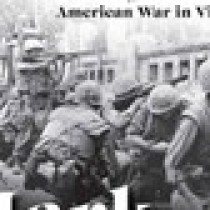




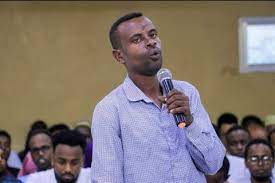
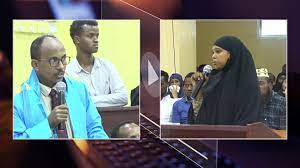
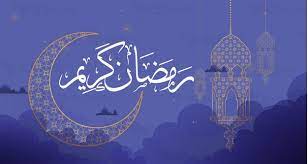
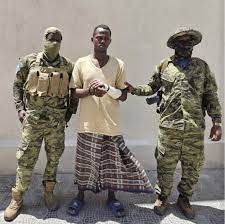

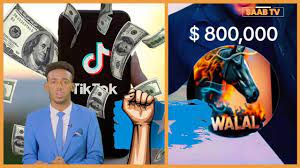
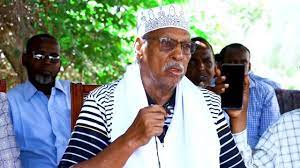
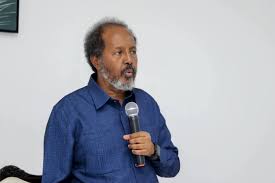
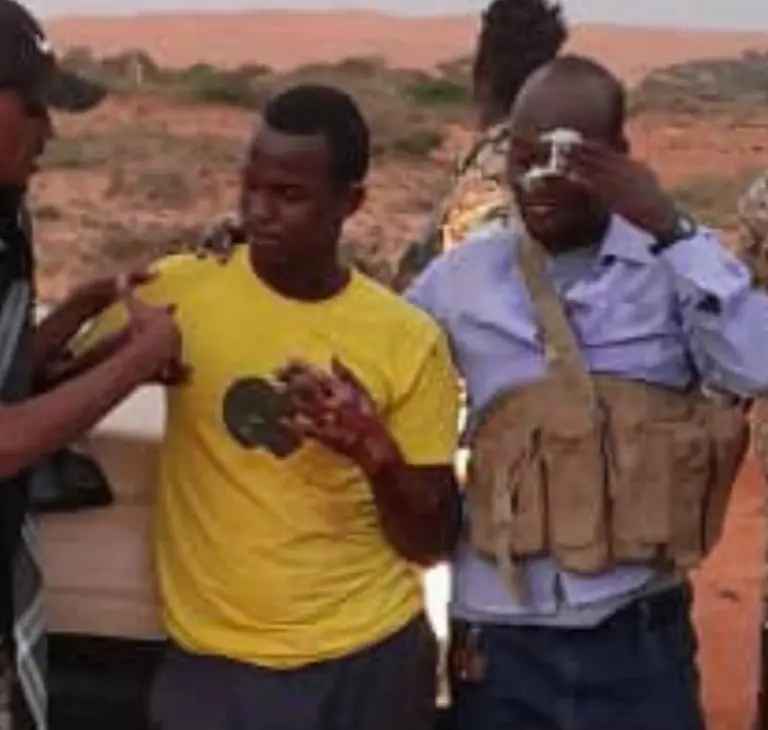
'Black Hawk Down' author Bowden turns his reporter's eye to key Vietnam War battle
By JOHN WILKENS | The San Diego Union-Tribune | Published: September 24, 2017 SAN DIEGO (Tribune News Service) — Veteran journalist Mark Bowden is best known for "Black Hawk Down," a reconstruction of the disastrous 1993 military rai